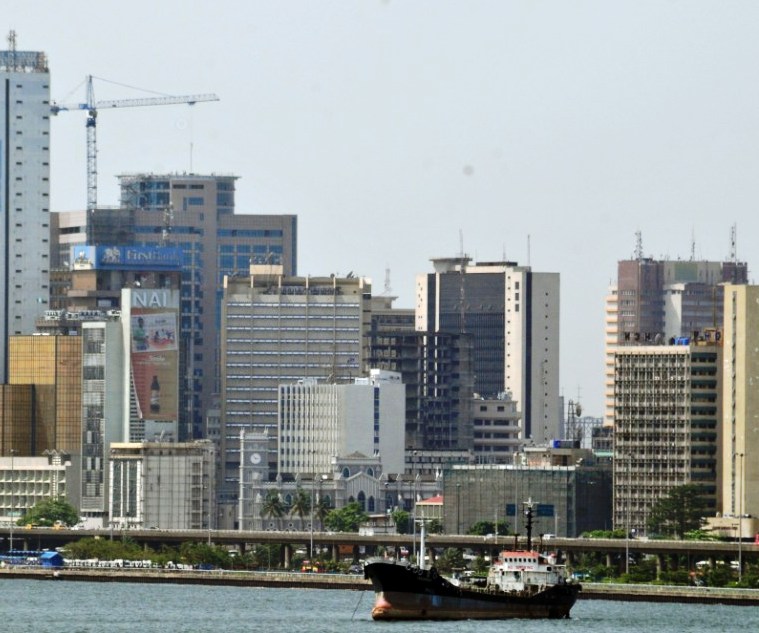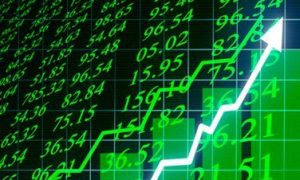…H1’2025 Review and H2’2025 Outlook
The Trump 2.0 administration’s efforts to restructure global trade, combined with the IMF’s upward revision to the 2024 baseline, led to a 0.5ppt downgrade in 2025 global growth projections to 2.8% (the weakest pace since the 2020 COVID-19 pandemic).
This outlook reflects concerns over reinflation risks, geo-politics, supply chain, and broader challenges to global integration and migration. As such, Advanced Economies (AEs) and Emerging Markets and Developing Economies (EMDEs) are projected to see a 0.5ppt decline apiece, to 1.4% and 3.7%, respectively.
While the outlook for H2 remains modest, the continued strength in key economic indicators over, interest rate cut stimulant, potential for meaningful trade truce, and a rebound in commodity markets are key catalysts that are supportive of global economy and financial market performance going forward.
Domestic Macroeconomy
Shifting gears to the domestic macroeconomy, we made some bold calls at the start of the year regarding the expected performance of key macroeconomic indicators.
Our projections were anchored on the historical trajectory of these variables, the policy antecedents of the current administration (fiscal and monetary), and permutations around global policy shifts, particularly with the clarity that a power change in the U.S. was imminent following Donald Trump’s victory in the November 2024 general elections.
Despite limited guidance on factors such as the NBS’s choice of a new base year, sector reclassifications, component reweighting, and the inclusion of new activity sectors, we projected that GDP and the average inflation rate for 2025 would settle at 3.3% and 24.7%, respectively, in our base case scenario – down from 3.4% and 33.0% in 2024.
Halfway into 2025, the NBS has yet to publish the Q1:2025 GDP data, which should reflect, among other things, the contributions of eight newly introduced activity sectors unveiled during the GDP rebasing sensitization held in January 2025.
CPI Rebasing
Meanwhile, the rebasing of the Consumer Price Index (CPI) has been completed, resulting in a reduction in the weighting of the food basket from 51.8% to 40.1%, while the core inflation weighting has risen from 48.2% to 59.9%. This statistical recalibration led to a notable drop in headline inflation by 10.3 percentage points in January 2025, bringing it down to 24.5% y/y.
Since then, it has fluctuated mildly, averaging 23.7% in H1:2025. While controversies linger around the rebased CPI’s true reflection of consumer price realities, we partly align with the NBS in recognising Nigeria’s recent episodes of modest disinflation.
Stabilised Exchange Rate
Furthermore, the only major positive surprise to our projections has been the exchange rate. Contrary to our initial average projection of ₦1,804.45/$ for the year, the Central Bank of Nigeria (CBN) has successfully stabilised the Naira exchange rate within ₦1,550.10/$ to ₦1,620.00/$, compared to the record volatility recorded in 2023 (down 48.0% to ₦907.11/$) and 2024 (down 41.0% to ₦1,538.25/$).
This achievement has been driven by improved market transparency, tech-driven trading enhancements, strategic FX interventions, attractive OMO bill yields, reduced FX demand for energy imports (due to supply from the Dangote Refinery), and effective curtailment of speculative trading. Consequently, we have revised our average exchange rate projection for 2025 to a more bullish ₦1,577.25/$1.00.
On the fiscal side, performance remains mixed. The timely repayment of the $3.4bn principal amount of the IMF Rapid Financing Instrument (RFI), twin credit rating upgrades (by Fitch and Moody’s), and a record Q1 trade surplus of ₦5.2tn are noteworthy highlights.
However, persistent insecurity, particularly across key agricultural regions, static growth in crude oil production, and a growing debt profile remain the achilles’ heels of the fiscal narrative. On balance, while Nigeria is making progress on several statistical metrics that appeal to international institutions, the most pressing issues for ordinary citizens, particularly inflation and insecurity, remain deeply troubling. Hence, the call for authorities to look beyond statistical silver linings, as only statistical gains that translate to reducing social strains enhance the citizens’ welfare.
Fixed Income
In the global fixed income space, sentiment was mixed: while EM bond markets rallied on dovish pivots in advanced economies, Sub-Saharan Africa faced higher average Eurobond yields (+60bps to 8.6%) and cautious sentiment. Nigeria’s debt market, too, remained under pressure as liquidity constraints, weak FX inflows, and low corporate issuance activity limited investor flexibility. Commercial paper and corporate bond issuance volumes fell y/y, with higher average pricing levels reflecting tighter credit conditions.
The Nigerian fixed income market in H1:2025 operated under a delicate balance of policy caution, persistent inflationary pressures, and evolving fiscal realities. Despite holding the Monetary Policy Rate at 27.5%, the CBN signaled restraint amid sticky inflation—rebased but still elevated—and persistent FX volatility. Yield movements were mixed: while average NT-Bill rates dipped by 581bps to 20.2% and bond yields eased 137bps to 18.4%, real returns remained negative, keeping the short end attractive to investors. Market funding dynamics tilted heavily toward short-term instruments, with ₦16.1tn in gross domestic borrowings, predominantly from NT-Bills (₦8.5tn) and OMO (₦4.8tn).
Meanwhile, bond issuance halved y/y to ₦2.9tn, reflecting liquidity preferences and duration risk aversion. Yet despite this front-loading, net domestic borrowing stood at just ₦3.4tn, leaving a substantial ₦13.8tn funding gap for H2:2025 under our projected ₦17.2tn budget deficit – well above the official ₦14.1tn figure.
Looking Ahead in H2
Looking ahead to H2:2025, we expect benchmark yields to range between 19.5% and 22.5%, driven by a confluence of inflation moderation, cautious monetary recalibration, and elevated domestic borrowing. Yield curve inversion is expected to further ease by Q4 as duration positioning gradually returns – provided FX stability improves, and inflation slows sustainably. Nonetheless, risks abound: FX underperformance, a crowded borrowing calendar, and external funding shortfalls may force more aggressive issuance.
Following the stellar 31.3% return in 2024, which positioned the Nigerian equities market as one of the best-performing in Africa, investors approached 2025 with optimism. However, market performance in Q1 was largely subdued as tight monetary conditions and elevated interest rates triggered a rotation into the fixed-income market, where yields on government instruments hovered around 30.0%.
Despite the weak start, sentiment improved in Q2 bolstered by impressive corporate earnings, dividend declarations, improved FX stability, and easing inflation. On this backdrop, buy interest resurfaced in fundamentally strong tickers, especially in the banking and telecommunication sectors, where investors hunted for value amid attractive entry prices. Consequently, the market regained some traction in Q2, with the NGX ASI settling at a 16.6% gain at the end of H1 2025.
Looking ahead in H2, we maintain our market projections as most of the current market dynamics still align with our prognosis at the beginning of the year. For FY 2024, we still project a 30.4% gain in our base-case scenario, driven by expectations sustained pace of banking sector capital raise, fixed-income yield moderation, fiscal policy reforms & accelerated CAPEX spending, improved FX stability, and the possibility of some major corporate listings on the NGX.
Afrinvest



























